Christmas shoppers are being asked to play their part in saving Scotland’s rare livestock breeds by “eating them to keep them” this year.
Whether it is pigs-in-blankets, Christmas roast or the cheese plate, the Rare Breeds Survival Trust (RBST) says purchasing produce from native breed farmers or smallholders could help the conservation of our rarest livestock.
The trust cites native Scottish breeds such as Soay sheep, North Ronaldsay sheep, Shetland cattle, cattle, and Scots Dumpy and Scots Grey chickens.
RBST vice-president Martin Beard keeps rare breeds including Large Black pigs, Oxford Sandy and Black pigs and Portland sheep in Angus.
‘Eat them to keep them’
He said: “Native breeds of livestock have been part of Scotland’s landscapes and food chains for centuries, and they have so much to offer our environment and our economy today and into the future.
“Sadly many of them have become very rare and while our conservation programmes and banking genetic materials are helping secure their future, we also need to ‘eat them to keep them’.
“The festive season is a great chance to give our delicious native breed meats and cheeses a try.”
‘Crucial for survival’
The trust’s chief executive Christopher Price added: “Choosing native breed produce helps create the markets for farmers to be able to keep these breeds, which is crucial for rare breeds to survive for future generations.
“Being slower-grown, native breed meat is high quality and delicious, with different breeds having distinct tastes and textures.
“Native breed farms are generally smaller scale, using traditional farming methods which are good for the environment, and based around high welfare standards and local systems with low food miles.
“So choosing meats and cheese this Christmas produced by Scotland’s native breeds farmers is a chance to enjoy delicious food in the knowledge that you are making a positive difference.”
Many rare breed producers sell their produce online but it is also regularly available at farm shops, farmers markets, butchers and cheesemongers.
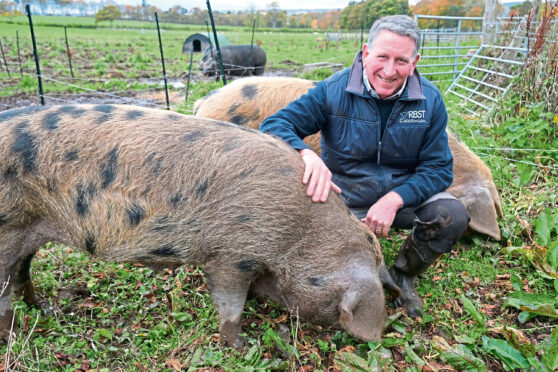
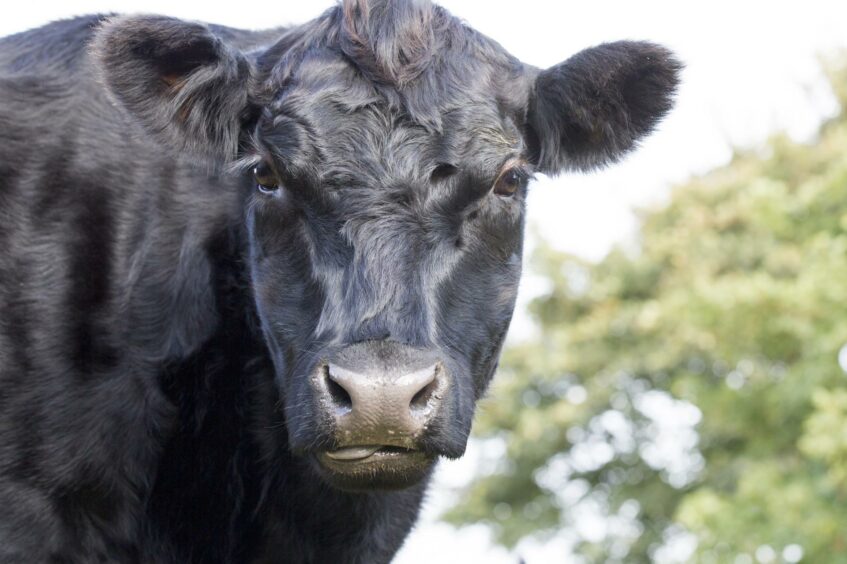
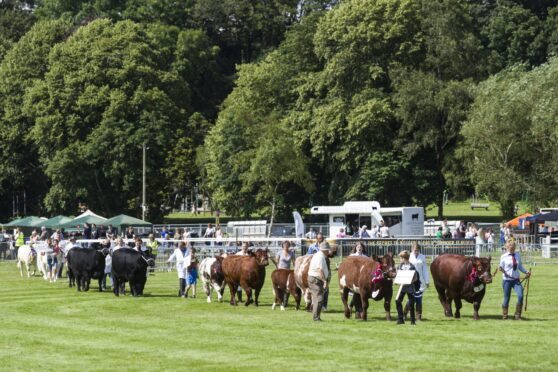
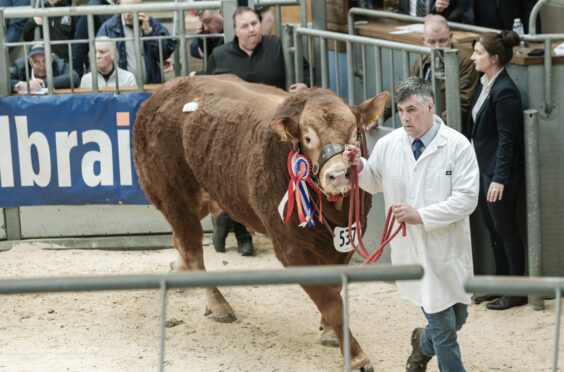
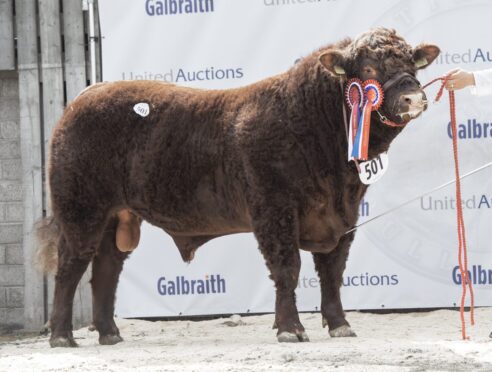
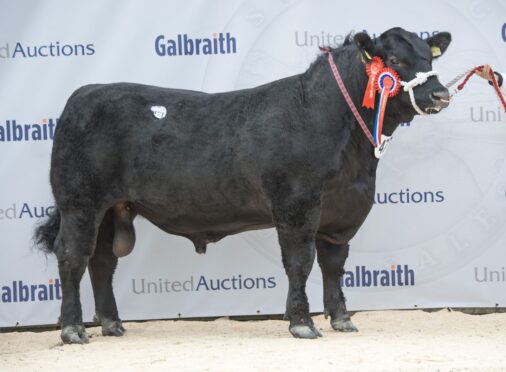
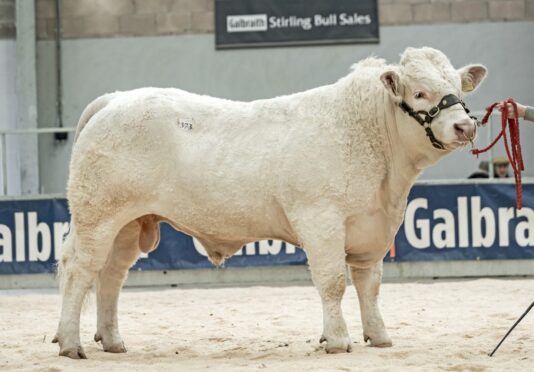
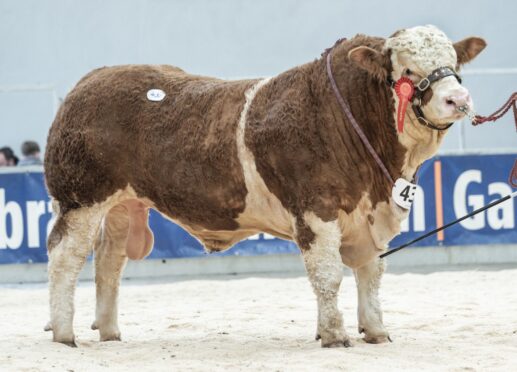
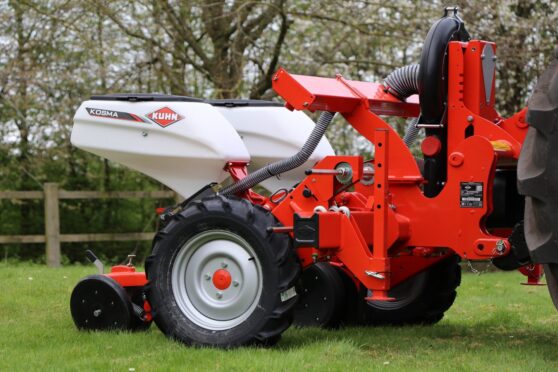
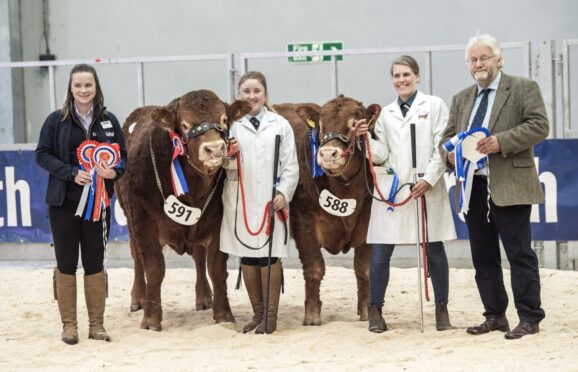
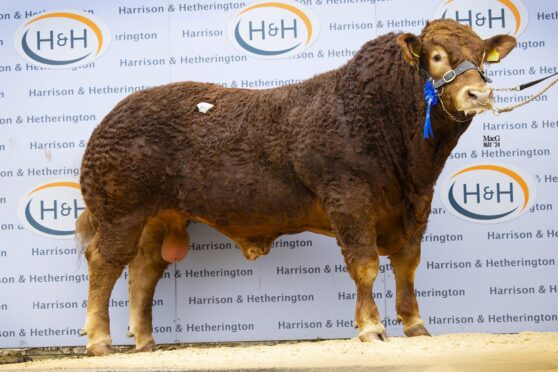
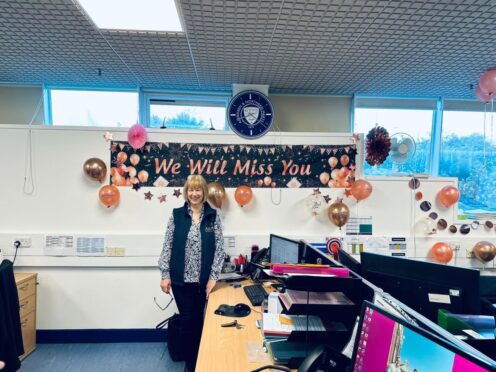
Conversation